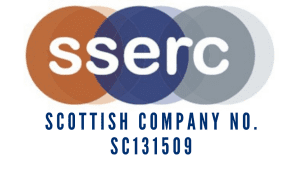Here are some files for you to experiment with, allowing you to use your micro:bit for some physics activities.
If you’ve never loaded a program on to a micro:bit before, you can get help here.
Firstly, we have a Reaction Timer and measure your reaction time in a road safety situation. You can select speed and road conditions. The micro:bit will calculate your thinking, braking and stopping distances. There is a guide and a hex file (connect your micro:bit to a computer then drag and drop the hex file on to it). They have been zipped together and you can download them here.
Update! Mr Crawford from Liberton High School asked his S3 students to test the reaction timer. They suggested modifications. Mr Crawford made the modifications and has kindly given us his files. They are available here.
We also have a “Letter F” LED source for lens experiments, with a twist. As well as a conventional F, you can cycle through a variety of upsidedown and left-right inverted Fs so pupils can choose the orientation that will give a “proper” F on a screen. There is a guide and a hex file (connect your micro:bit to a computer then drag and drop the hex file on to it). They have been zipped together and you can download them here.
If you’d like to use your micro:bits for dynamics and kinematics experiments, we have some programs that you can use if you connect your micro:bit to either a homemade or inexpensive commercial light sensor. Do read the part in the guide about limitations. We’re especially pleased with the programs that allow you to set several micro:bits and light gates along a track such that when the first light gate makes a measurement of speed, it sends a radio signal to all the others, telling them to start counting. They can then not only display yhe speed at each gate, but the time to get there from the first gate. Remember that it’s the .hex files you drag onto your micro:bit.
The six programs (and a bonus inclinometer) have been zipped together with a guide and can be downloaded here.
Teaching potential dividers can be tricky. Have a look at our micro:bit-based approach here.



